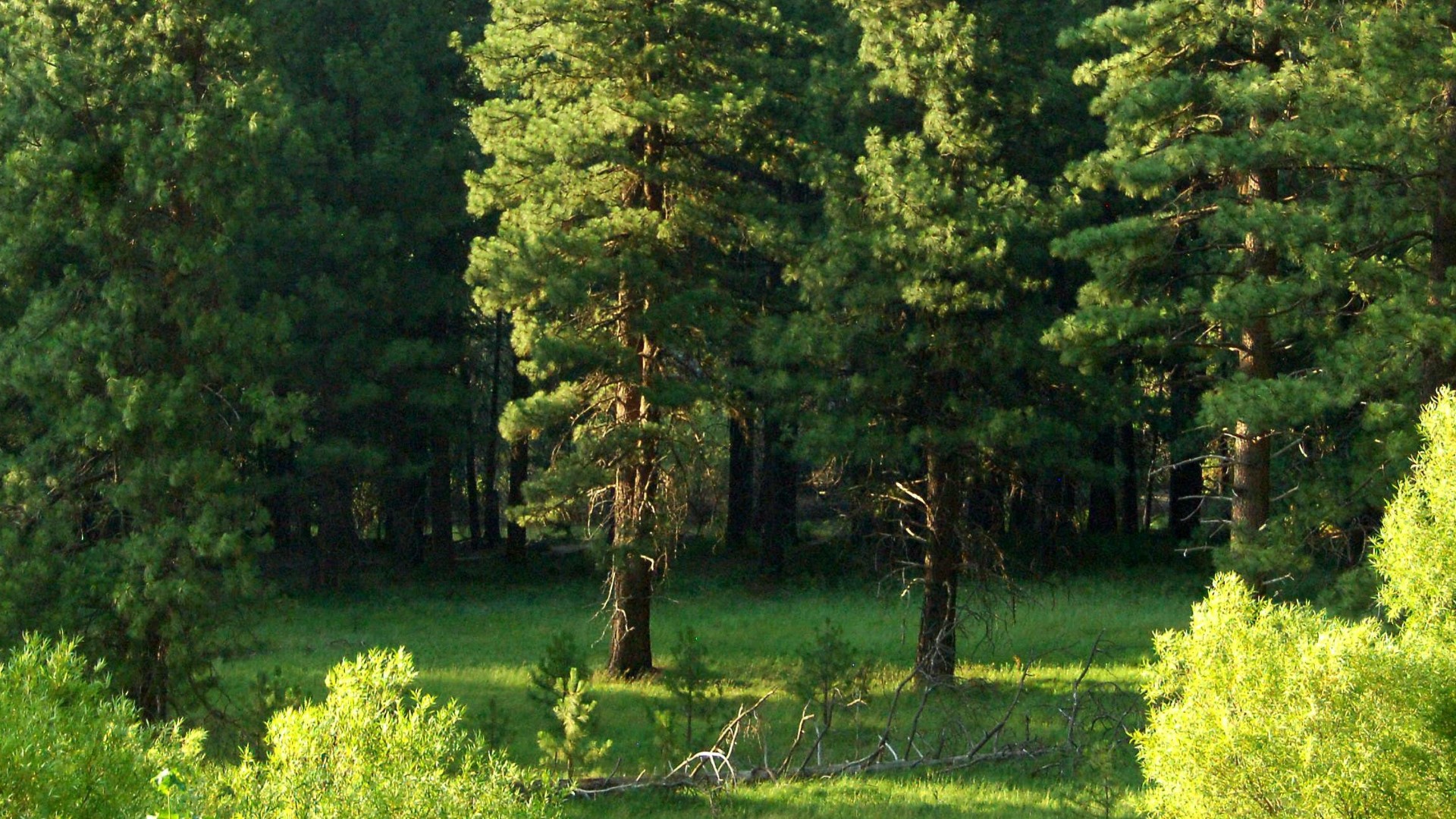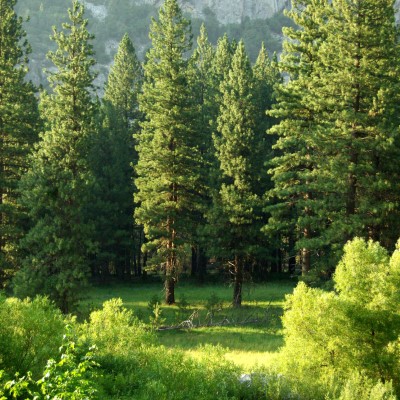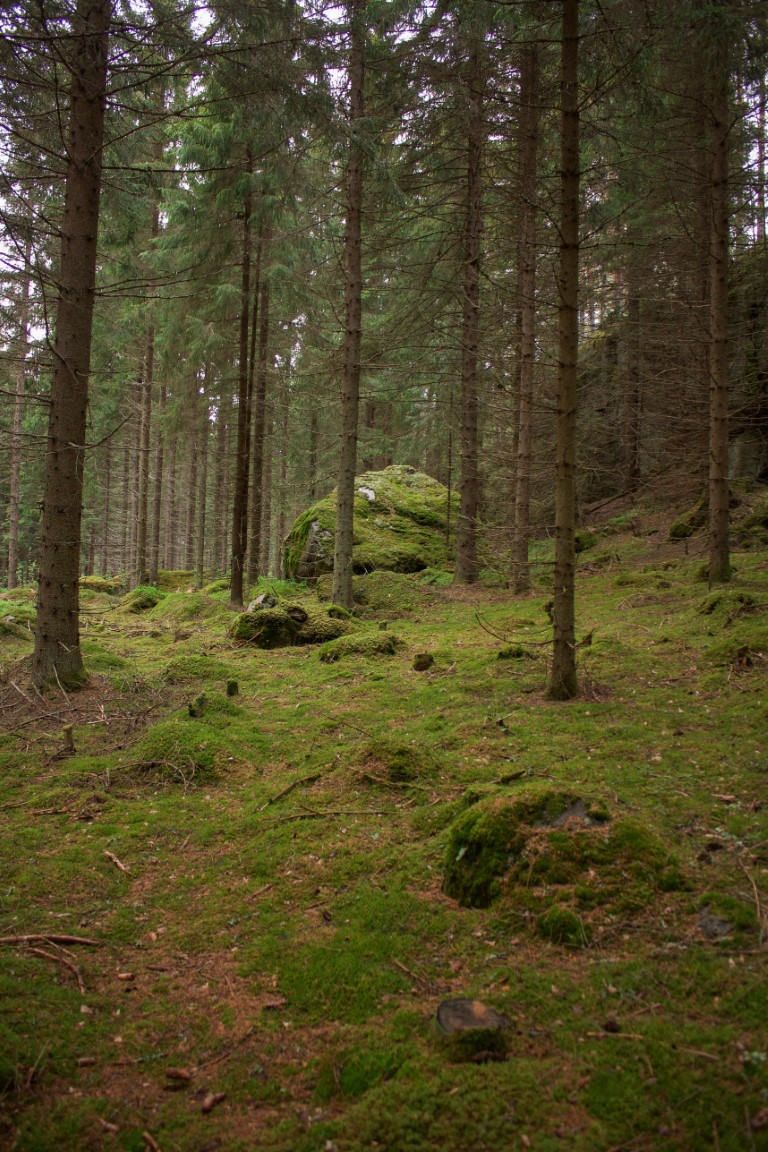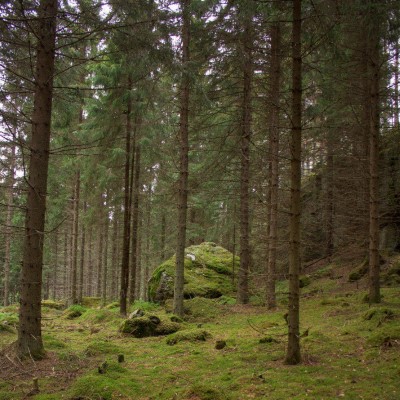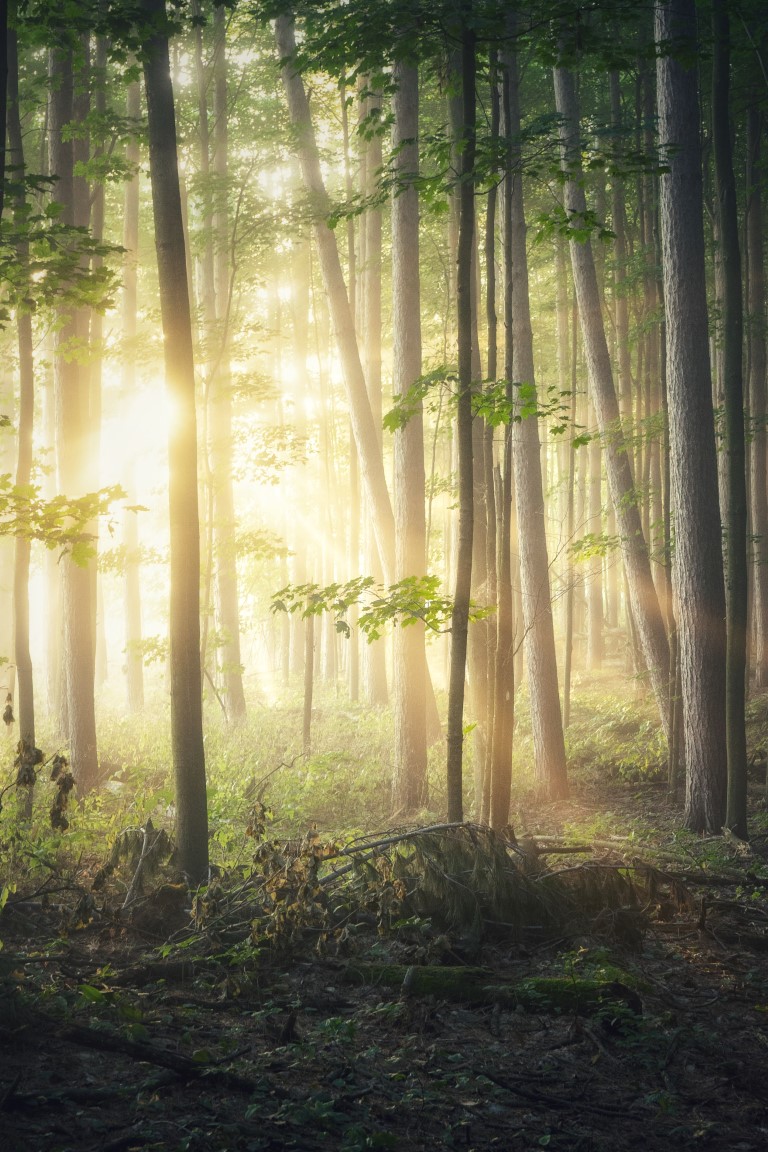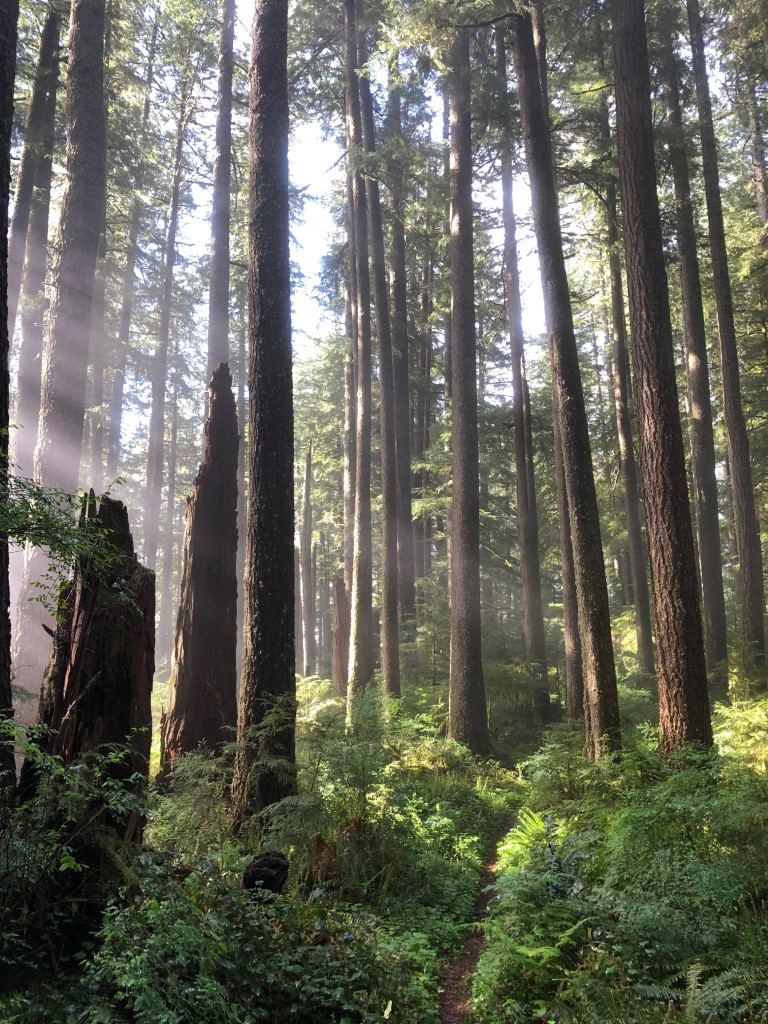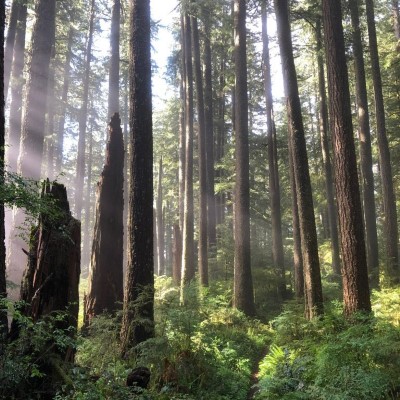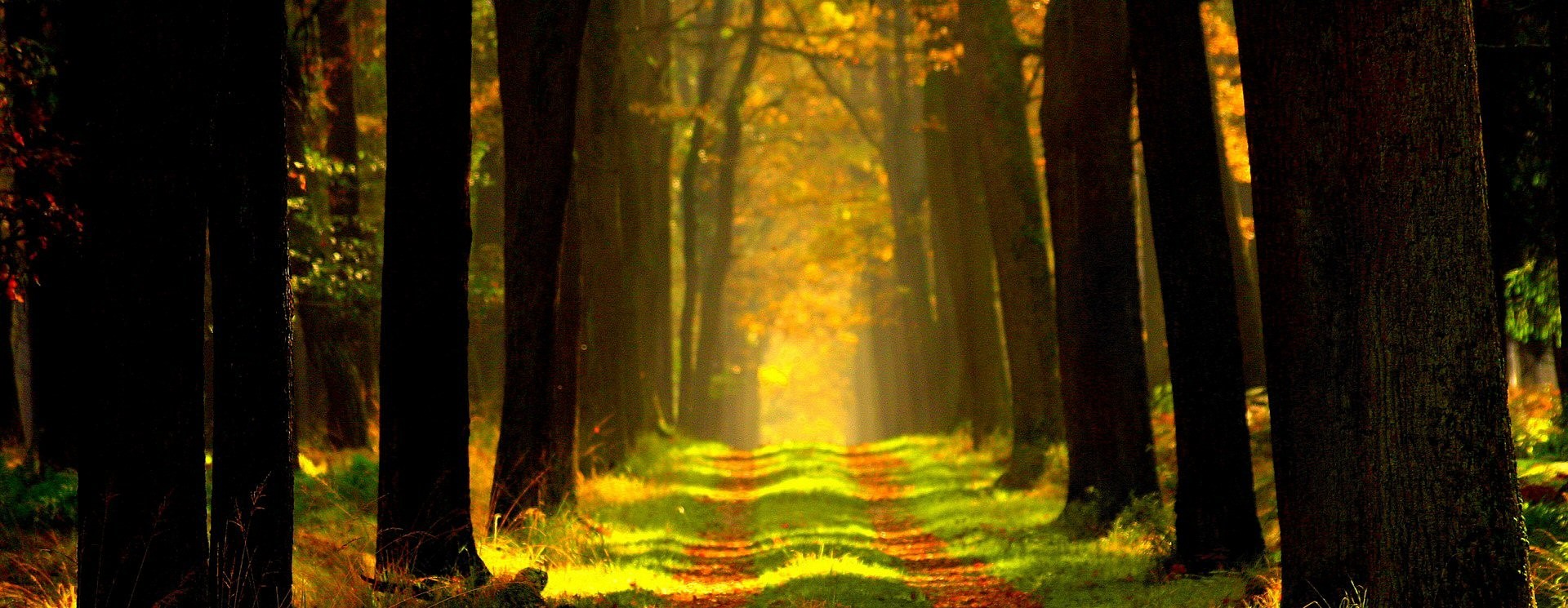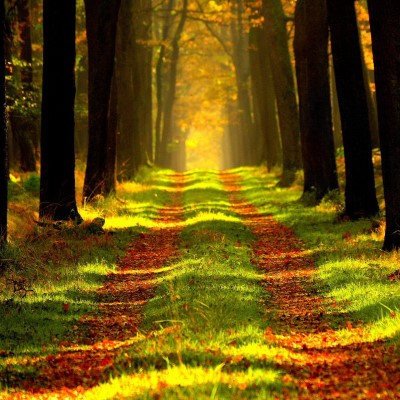Baltic forests - low-risk investment.
Baltic forest investments, natural in a sustainable portfolio, together with wind and solar energy.
The forests in the Baltics.
In the Baltics, a hectare of forest costs on average 7-10.000 EURO, while a hectare of similar forest costs 4-6 times more in Western Europe. So you get a lot of forest for your money in the Baltics.
Baltic forests have a high productivity. Due to the environment and landscape, which is ideal for growing forests, trees can potentially reach more than 30 meters in height. These forests can produce an incredibly large amount of timber. On average 180-240 cubic meters per hectare per year. For reference, Scandinavian countries average only about 120 cubic meters per hectare per year.
In addition to the price level and the high productivity of Baltic forests, we can provide potential investors with cleared, early-growing, middle-aged or mixed forest land.
Trees grow regardless of the business cycle. The trees have a natural, organic growth of approx. 3% per year and the unique thing about forestry is that you can postpone or advance your harvest depending on the current prices of timber. If, for example, prices are low for a few years, you can save the growth for years with better prices.
The return of property to the original owners, following the re-establishment of the three Baltic nations in the 90s, has resulted in the average property size being small. It is considered by some investors as a disadvantage, while others see it as an advantage because the marketability is better.
Forest in Estonia:
The Republic of Estonia is a country in the Baltic region of Northern Europe. It is bordered to the north by the Gulf of Finland, to the west by the Baltic Sea, to the south by Latvia and the eastern border with Russia, which mainly consists of Lake Peipus of 3,555 km². Estonia has maritime borders across the Baltic Sea to the west with Sweden and Finland to the north. Estonia has a total area of 45,227 km², of which water 2,839 km², land area of 42,388 km². Humid continental climate.
The Estonian forests cover approximately 22,700 km², slightly more than 50% of the country's area.
It is estimated that the forested area has increased continuously since 1940, when it covered only 9000 km² (ie a multiplication of the area by 2.5 in 60-70 years). This increase is due to the replanting of old agricultural areas and the drainage of peat fields.
The most common trees are birch, Scots pine and Norway spruce, each accounting for almost a quarter. The rest are poplars and white glutinous alder trees. Conifers are in the majority without forests managed by the state (62% of the surface).
Estonian forests can be classified into three types: protected forests (6% of the territory), protection forests (20%) and forests exploited for economic purposes (75%). Approximately one hundred km2 of these forests are subject to special arrangements for the protection of important biotopes while maintaining their commercial function.
Forest in Latvia
The Republic of Latvia is a country in the Baltic region of Northern Europe. The country borders the Baltic Sea. Estonia and Lithuania are Latvia's neighbors to the north and south respectively. In the east, the country borders Russia and Belarus. Land area 62,249 km². The country is inhabited by 1.902 million. Humid continental climate.
The Latvian forests cover an area of 30,400 km², slightly more than 52% of the country's area.
Conifers make up the majority of the Latvian forest with 53%. Birch trees are very common (30%) and aspen (7%).
1.49 million hectares of forests are managed by the state (49%) and 1.55 million hectares are private (51%).
Forested areas have more than doubled since 1923, when only 23% of the country was occupied by forest.
All forests in Latvia are divided into three categories according to their function and ecological or economic importance:
Class I (12.6%): protected forests (state reserve, national parks, nature reserves, erosion control forests, forest parks)
Class II (38.5%): forests with limited management (nature parks, forests of strong ecological interest)
Class III (48.9%): exploitable forests (all other forests).
Forest in Lithuania
The Republic of Lithuania is bounded to the north by Latvia, to the east and south by Belarus, to the southwest by Poland and the enclave of Kaliningrad Oblast belonging to Russia, and to the west by the Baltic Sea. Most of the territory lying in the Niemen basin does not exceed 250 m in height. Land area 65,300 km². The country is inhabited by 2.795 million. Humid continental climate.
Agriculture covers most of Lithuania's surface. Forests cover just over 30% of the area, and 3% of the land is covered by swamps and peat bogs.
Conifers make up almost 60% of the forest cover. They are found in the northern half as well as in the south. The main conifers are Scots pine (about 40% of subjects) and spruce (about 20%). Birch trees are almost 18% of patients, followed by black elm (about 8%). And aspen (about 8%); the oak, the ash and elm trees make up the rest.
Investment in Baltic Forest.
Investing in forests can be an advantageous alternative or supplement to volatile stock markets. Several investors have opened their eyes to low-risk opportunities in forest investment.
Jesper Kjær ApS has developed and brokered investment projects in Poland, Estonia, Latvia and Lithuania since 2001 and brokered agriculture since 2003. Over the years we have developed a large, efficient and local network.
The value of agricultural land and forests in the Baltics is growing steadily, but there is a long way to go before it reaches the prices in Western Europe. The land in the Baltics has for a long time been a rewarding investment – and still is today. The rising prices of timber show that forest land is not only a long-term investment, but can also provide annual profits from the forests' natural growth. We always have a number of smaller and larger projects to convey and we are actively looking to expand our land portfolio to meet the needs of all our customers.
The Baltics have developed into an attractive market for forest investment. The interest is due to the fact that forestry investments in the Baltics provide respectable returns, which are considered to be stable.
The world is currently focusing on the climate, so forest investments face a bright future. Naturally, in a sustainable portfolio, together with e.g. wind power and solar energy investments.
We help private investors and investment funds find and acquire the forest and agricultural plots or a set of land plots that suit their portfolio.
If you are looking for a forest investment in the Baltics, we can help you find the one that matches your needs and find the optimal solutions.
Are you interested in knowing more about investments in the Baltic Forest?
We offer our knowledge, experience and network for the mediation of forests in the Baltics, directly from owner to investor.
Contact us if you are considering a forestry investment.

